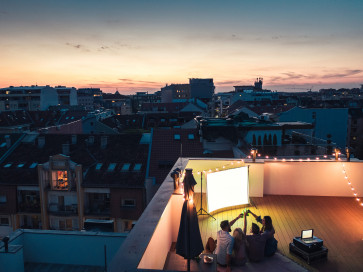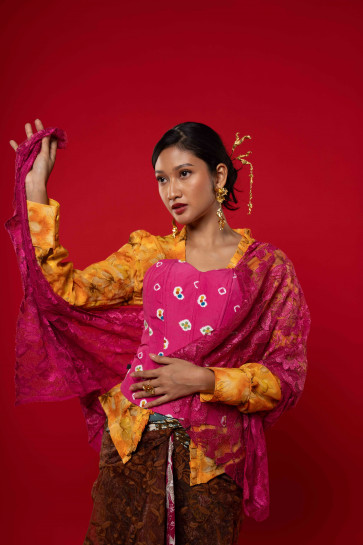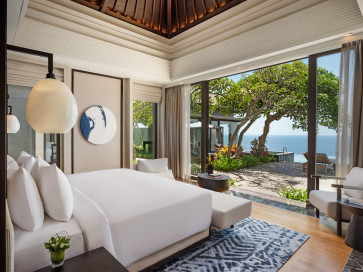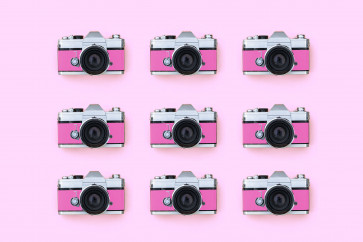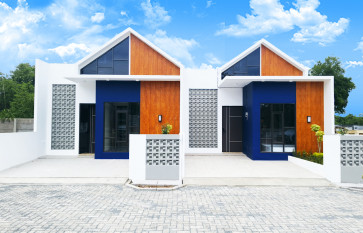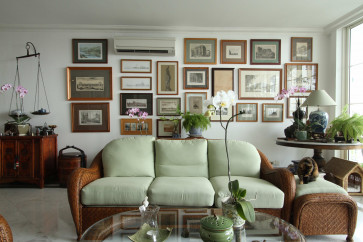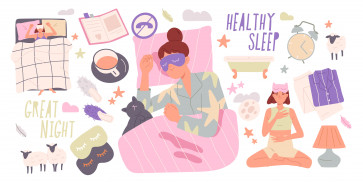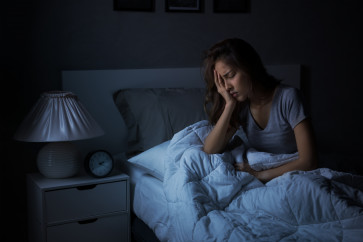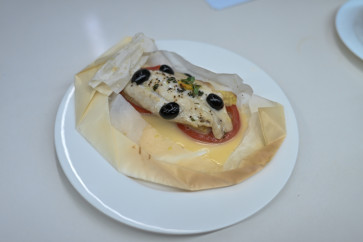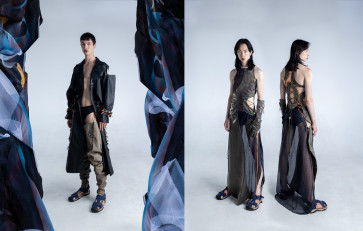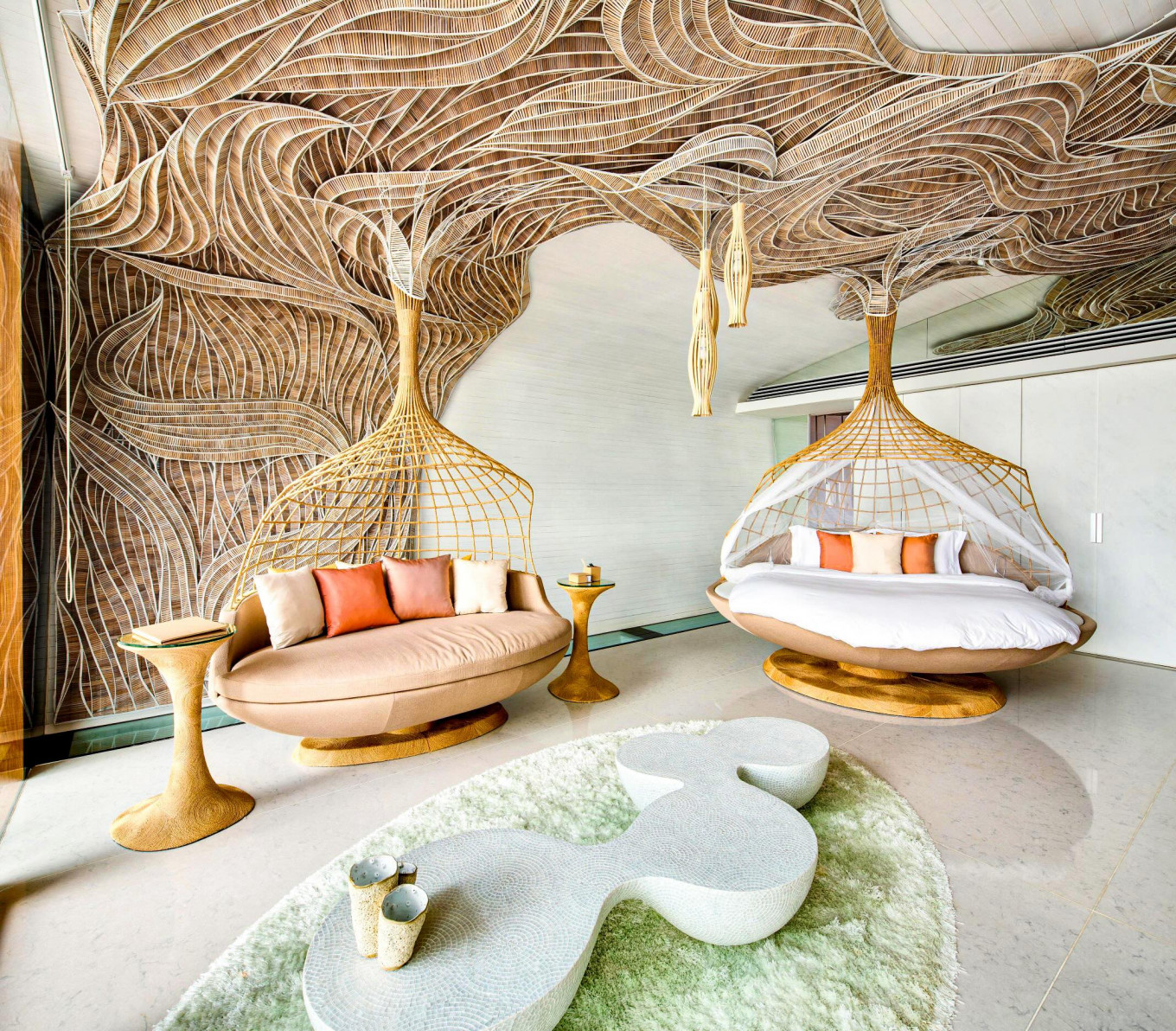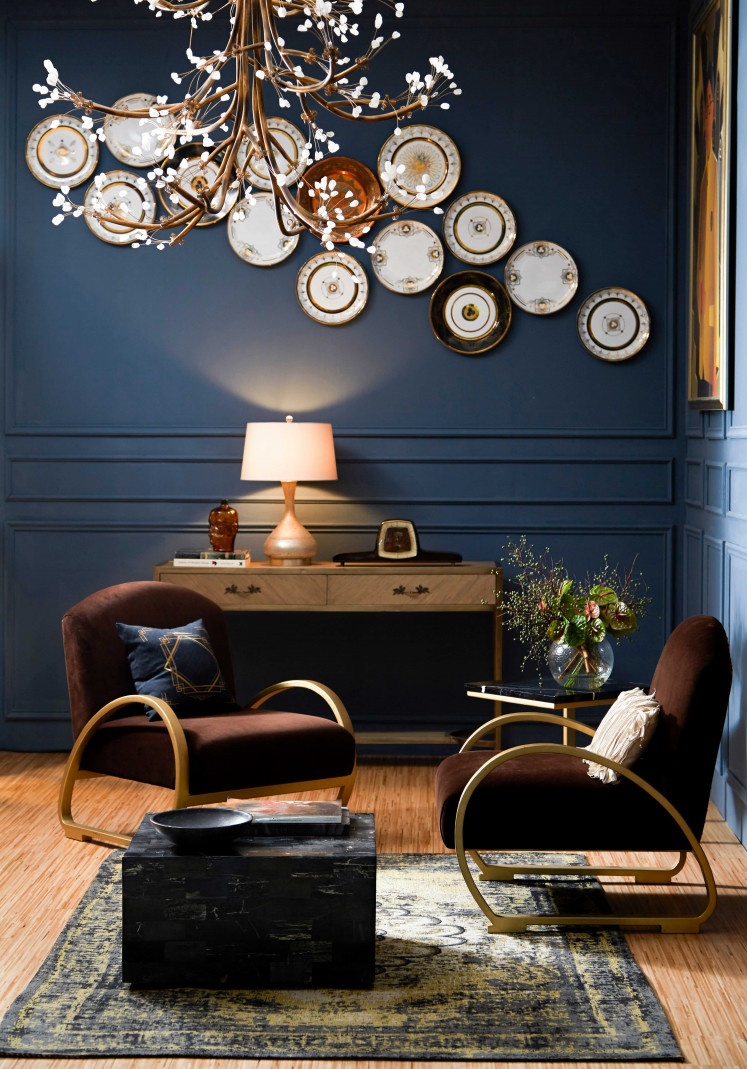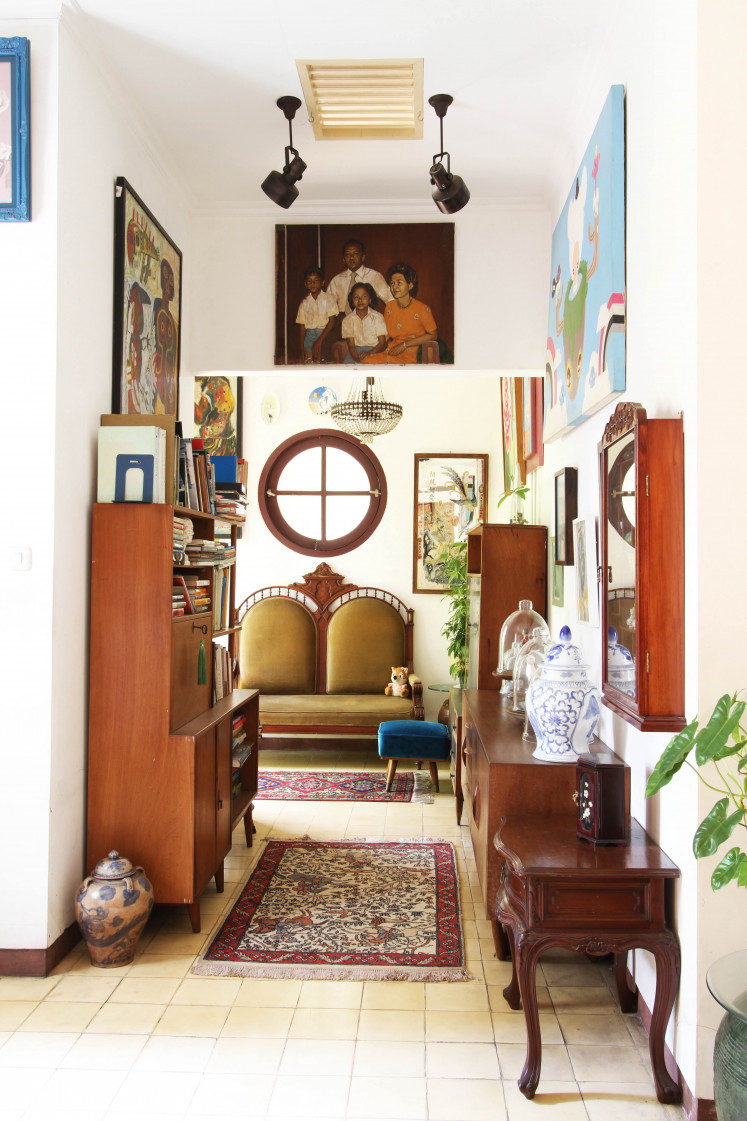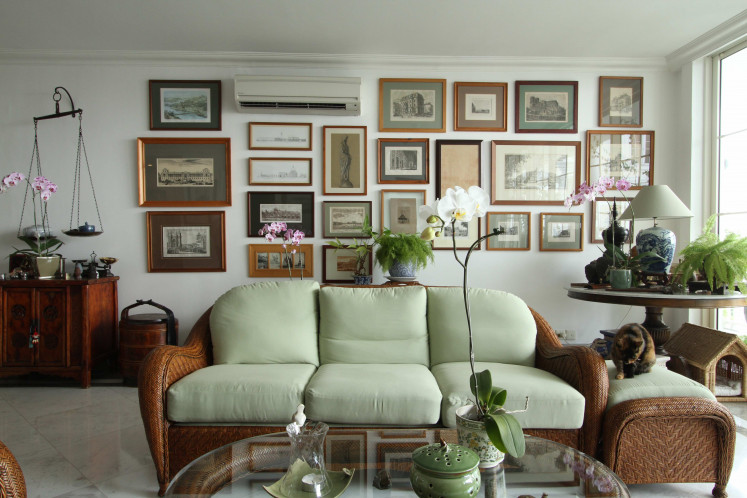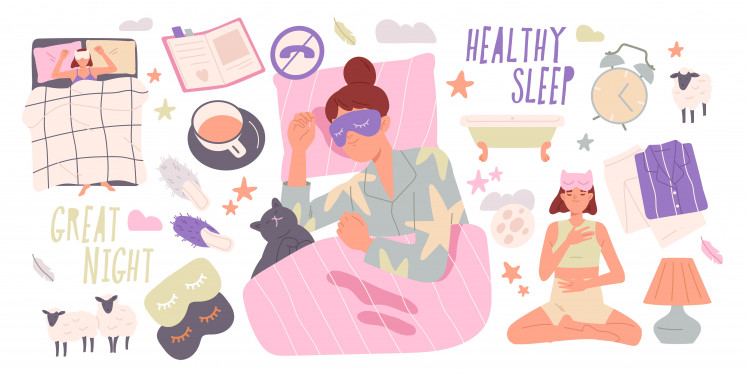Courtesy of Eggarat Wongcharit
There is a popular yet unfounded stereotype that millennials are inherently drawn to the various hues, shades, tints and tones of neutrals, especially when it comes to home decor.
From “sad beige moms” and their “sad beige toys for sad beige children”, to Kim Kardashian’s unnervingly austere mansion, the alleged obsession with minimalism is as pervasive as ever.
After half a decade of sterile environments, however, an antidote is seemingly on the horizon.
The literal antithesis of minimalism, maximalism has been declared as 2025’s trend du jour, driven largely by Gen Z. Judging by social media feeds, this means bold wallpapers, quirky trinkets and oddly mismatched furniture. Say goodbye to tone-on-tone decor and sleek Scandinavian couches.
Jakarta-based interior designer Adri Harsono sees the current rise of maximalism as part of the trend cycle, which will always look to bygone styles for inspiration.
“Bohemian-influenced maximalist designs will see a lot of combinations between basic colors with bright hues. That said, this bohemian resurgence will not immediately overshadow public interest in minimalism,” he explains
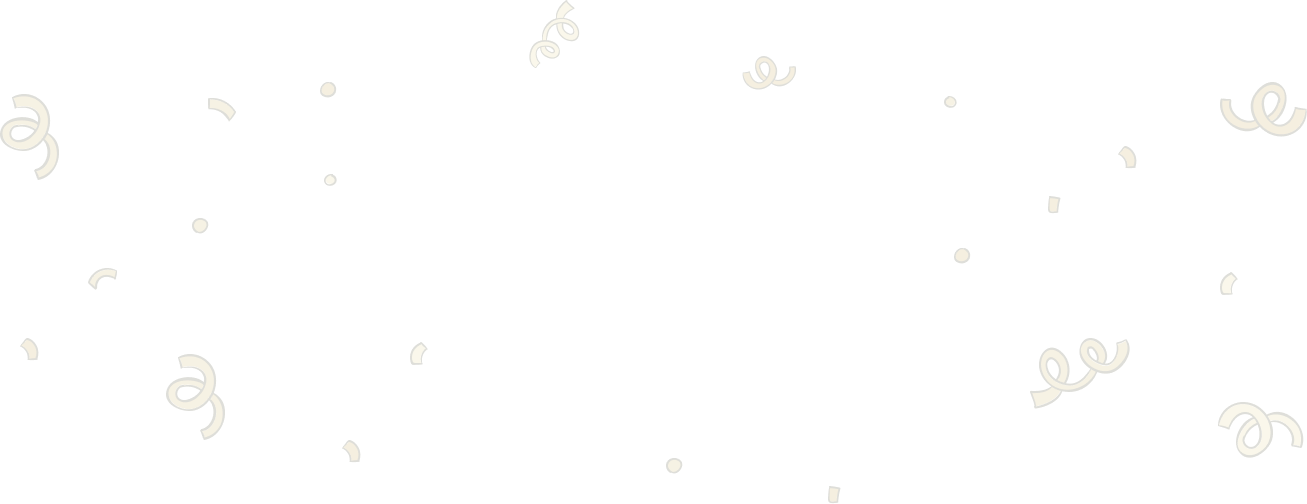
Thank you!
For signing up to our newsletter.
Please check your email for your newsletter subscription.
For Jakarta-based interior designer and author Luthfi Hasan, maximalism is about “embracing abundance and celebrating the richness of life”.
“It's about creating spaces that are layered, personal and full of stories. In interior design, it translates to a fearless mix of patterns, textures, colors and objects,” he says.
“Think eclectic collections, bold artworks and wallpapers and a curated mix of vintage and contemporary pieces.”
A truly personal space
For those looking to dabble in maximalism, Adri suggests focusing on creating a space that feels comfortable, which can be achieved through a combination of paint color, lighting and furniture composition.
Luthfi adds that the right color can set the mood, while the right furniture and decor define the space.
“Think of color as the canvas. It provides the foundation, but it's the carefully curated collection of objects that tells your story. Maximalism embraces a rich palette, so I encourage experimentation and finding colors that resonate with your personality,” Luthfi says.
As a starting point, Pantone’s 2025 color of the year, Mocha Mousse, is described as “a warming, brown hue imbued with richness”, evoking the “delectable qualities of chocolate and coffee, answering our desire for comfort”.
With a neutral color palette serving as a strong grounding foundation, you can introduce bold patterns and textures through rugs, cushions and artwork. A sense of balance, however, is key to avoiding a cluttered or overwhelming space.
If you’re on a budget, Luthfi says to reimagine existing pieces for a fresh look that won’t break the bank. A fresh coat of paint on a piece of furniture, swapping hardware or adding new cushions can make a big difference.
In addition, plants are always a fantastic and affordable way to bring life to a space, while a new lampshade or a strategically placed floor lamp can instantly transform the vibe of a room.
(Courtesy of Luthfi Hasan)
To get that eclectic touch, local markets and vintage shops can yield unique finds, which can be elevated by combining them with personal heirlooms and meaningful objects.
“I think it's the flea market finds, the inherited treasures, the odd bit of disorder that makes a space ‘sing’. But my honest advice is, don’t take it all too seriously!” Luthfi says.
“There are no essential items, no must-have pieces. The key is to trust your instincts, to let your personality guide you. It's about finding those 'awesome places' that resonate with you, those 'cool finds' that speak to your soul. It’s about creating a space that feels like you, imperfections and all,” he says.
Home, not house
Luthfi, whose upcoming fourth book MAKSIMALIS: Spaces of Vintage Hipsters will be launched in February, is no stranger to the aesthetic. His Jakarta Vintage label, which started out as a blog, has brought his signature mid-century touch to numerous cafés, restaurants and private residences across Jakarta.
With its emphasis on unique finds and one-of-a-kind pieces, maximalism could be seen as a remedy to the severe minimalism of recent years. Yet Luthfi does not see it that way.
He observed that minimalist spaces may seem clinical and spotless, where a perceived lack of emotion can bore its inhabitants. But minimalist fans may be drawn to blank spaces where they can focus without being distracted by layers of patterns and colors.
(Courtesy of Luthfi Hasan)
Others, however, might welcome being stimulated and inspired by different textures and objects, hence the supposed revival of maximalism.
“The way I see it, we are the master of our space, whether it’s in a house, an apartment or workspace. You have to feel comfortable, homey. You have to feel it’s yours. You should never feel like a guest in your own home,” he says.
As for maximalism, Luthfi continues, it's in the archipelago’s design DNA, with its “gado-gado” of cultures, flavors and styles. Rather than restraining, it celebrates “the ebullient glory of our cultural heritage”.
“As I've seen in my travels, people are craving spaces that tell their stories instead of just following trends. It’s the lived-in look, the cozy chaos that truly speaks to me. Also, it's about time we stop trying to create social media-worthy spaces and start designing for life.”
Josa Lukman is an editor and head of the Creative Desk at The Jakarta Post. He is also a margarita enthusiast who chases Panadol with Tolak Angin, a hoarder of former "it" bags and an iced latte slurper.




